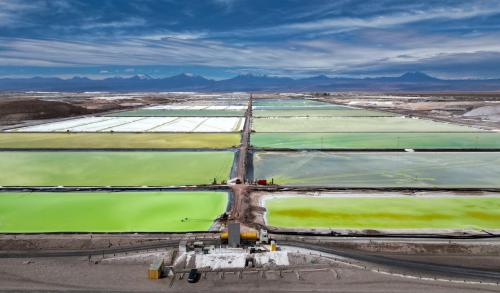The need for a domestic U.S. policy that seriously addresses climate change is increasingly apparent. A cap-and-trade system is the best approach in the short to medium term. Besides providing certainty about emissions levels, cap-and-trade offers an easy means of compensating for the inevitably unequal burdens imposed by climate policy; it is straightforward to harmonize with other countries’ climate policies; it avoids the current political aversion in the United States to taxes; and it has a history of successful adoption in this country.
The paper proposes a specific cap-and-trade system with several key features including: an upstream cap on CO2 emissions with gradual inclusion of other greenhouse gases; a gradual downward trajectory of emissions ceilings over time to minimize disruption and allow firms and households time to adapt; and mechanisms to reduce cost uncertainty. Initially, half of the program’s allowances would be allocated through auctioning and half through free distribution, primarily to those entities most burdened by the policy.
This should help limit potential inequities while bolstering political support. The share distributed for free would phase out over twenty-five years. The auctioned allowances would generate revenue that could be used for a variety of worthwhile public purposes. The system would provide for linkage with international emissions reduction credit arrangements, harmonization over time with effective cap-and-trade systems in other countries, and appropriate linkage with other actions taken abroad that maintains a level playing field between imports and import-competing domestic products.
Introduction
The megadisaster film The Day After Tomorrow, about the apocalyptic consequences of the greenhouse effect, had less scientific basis than The Wizard of Oz, but the reality is disturbing enough. There is now a near consensus that anthropogenic emissions of greenhouse gases are very likely to change the earth’s climate in ways than many people will regret.
The basic story has been explained many times, but it merits repeating. Two trace constituents of the atmosphere, carbon dioxide (CO2) and water vapor, create a thermal blanket for the planet much as glass on a greenhouse traps the sun’s energy within. It is a good thing, too: without greenhouse warming, the earth would be far too cold to be livable. But the balance between too much and too little greenhouse effect is remarkably delicate. Massive quantities of CO2 are produced from the combustion of fossil fuels—coal, petroleum, and natural gas—and deforestation. Meanwhile the direct warming effects of CO2 and other greenhouse gases—methane, nitrous oxide, and halocarbons—are indirectly amplified because the warming increases the evaporation of water, raising atmospheric water vapor concentrations (Intergovernmental Panel on Climate Change 2007a).
- View full paper (PDF)
- View appendix (PDF)
- View policy brief (PDF)
- View presentation (PDF)
- More about the author


